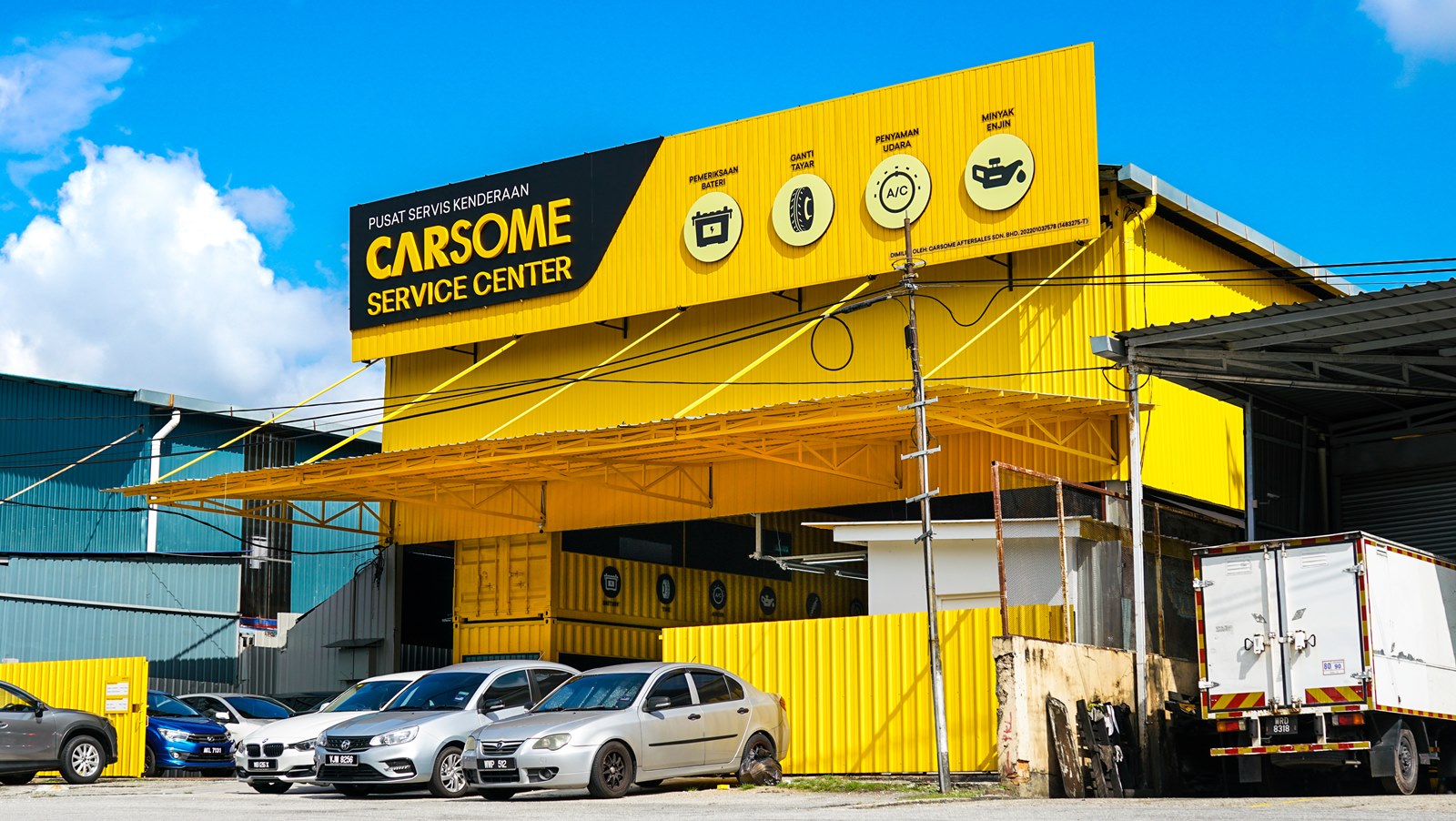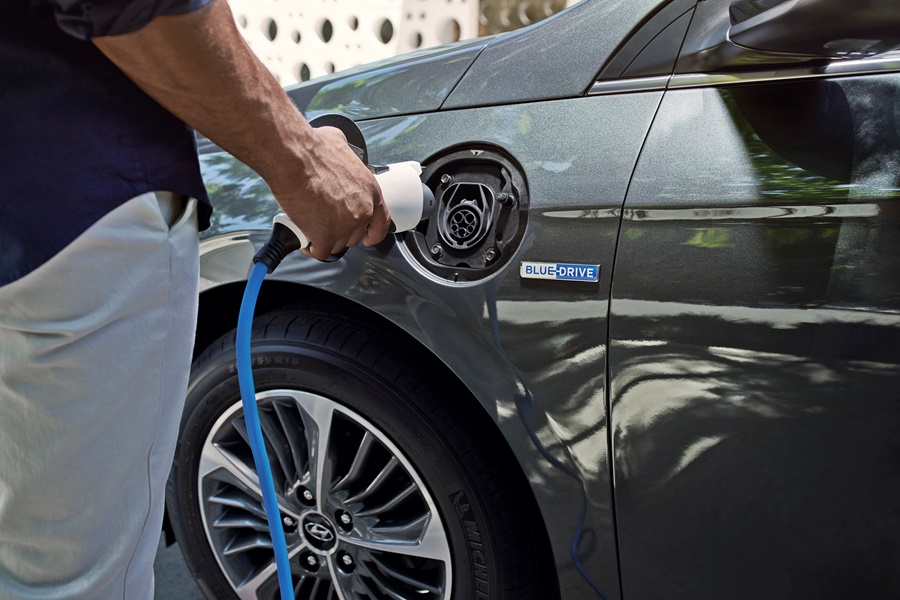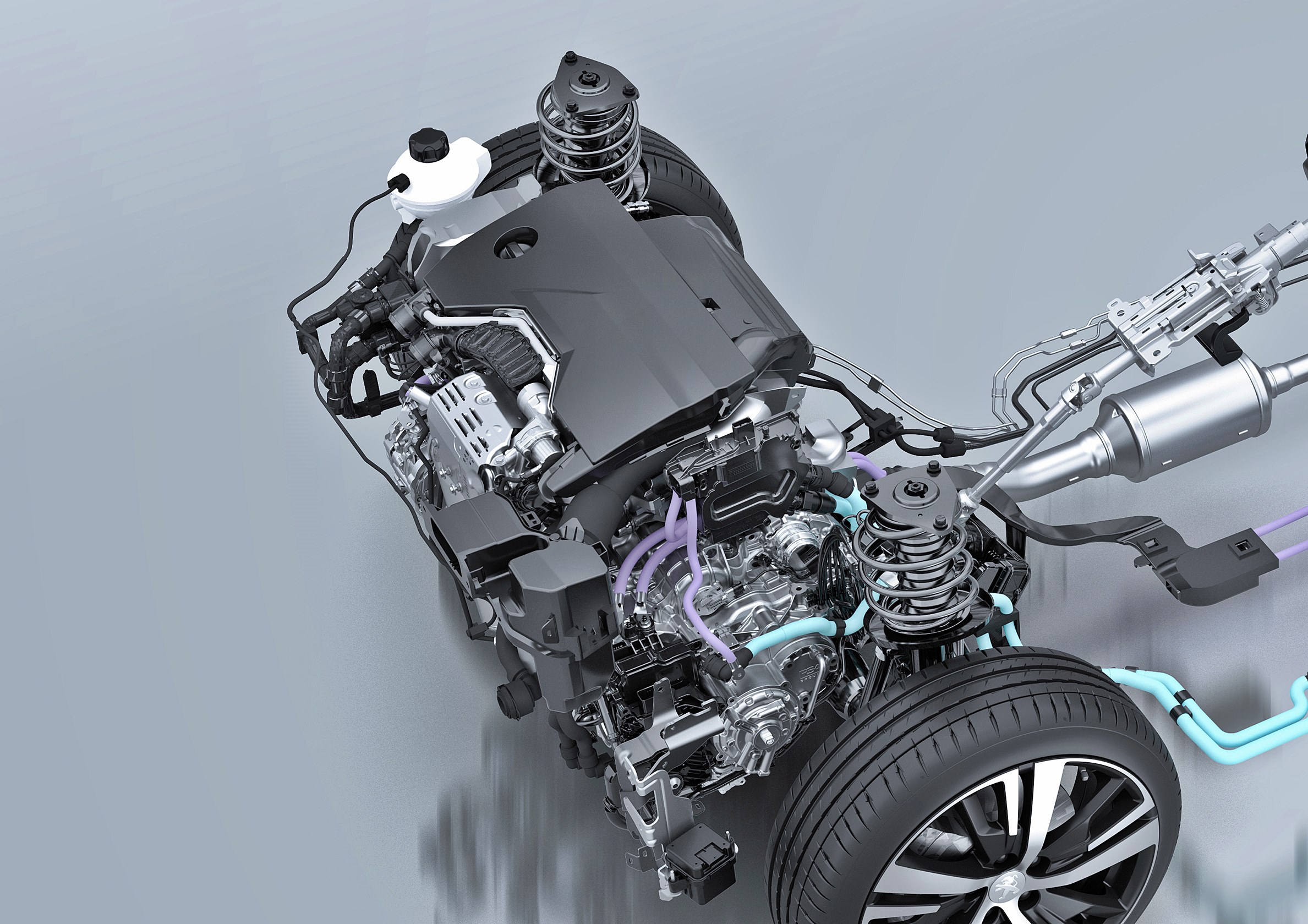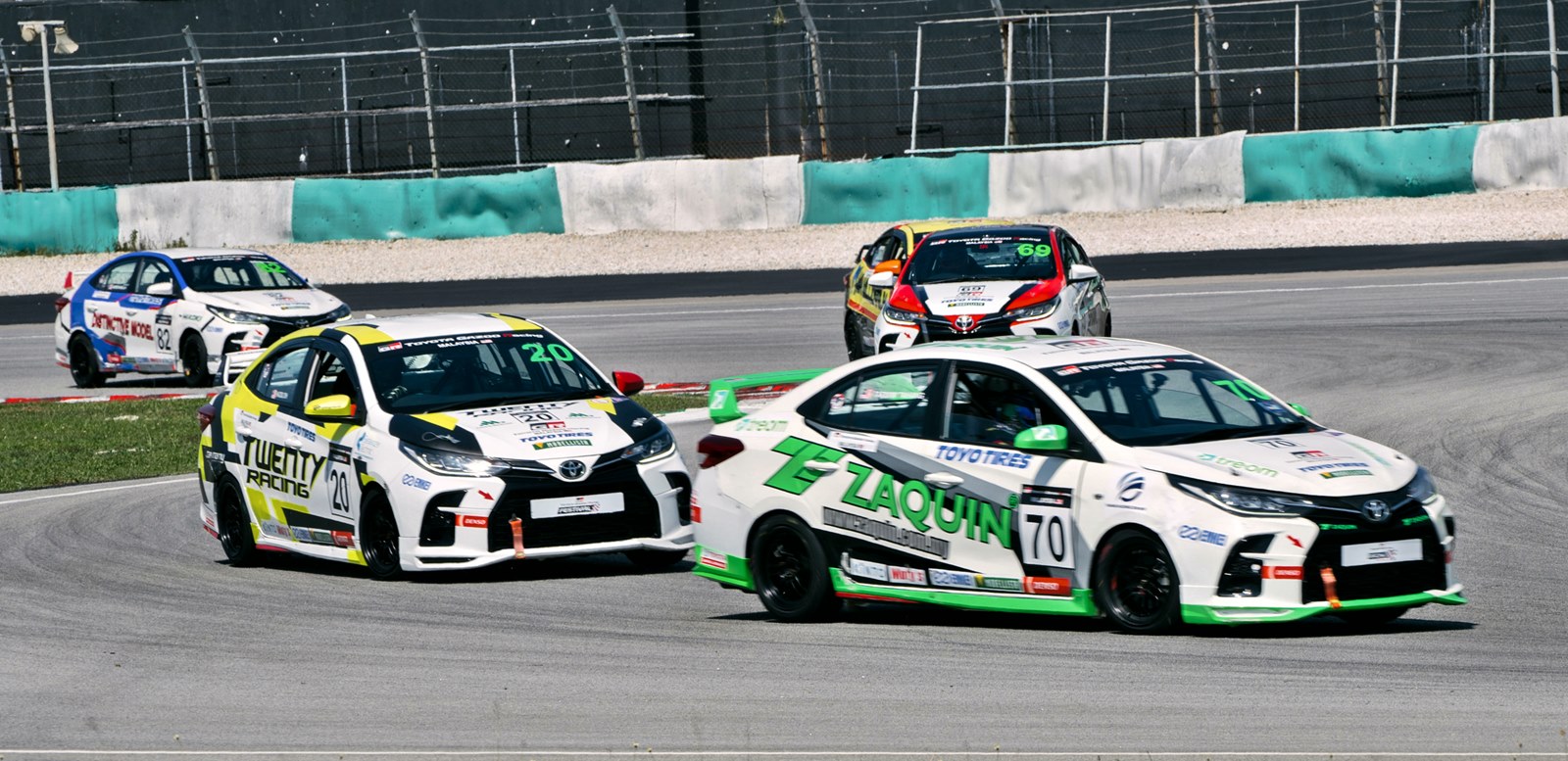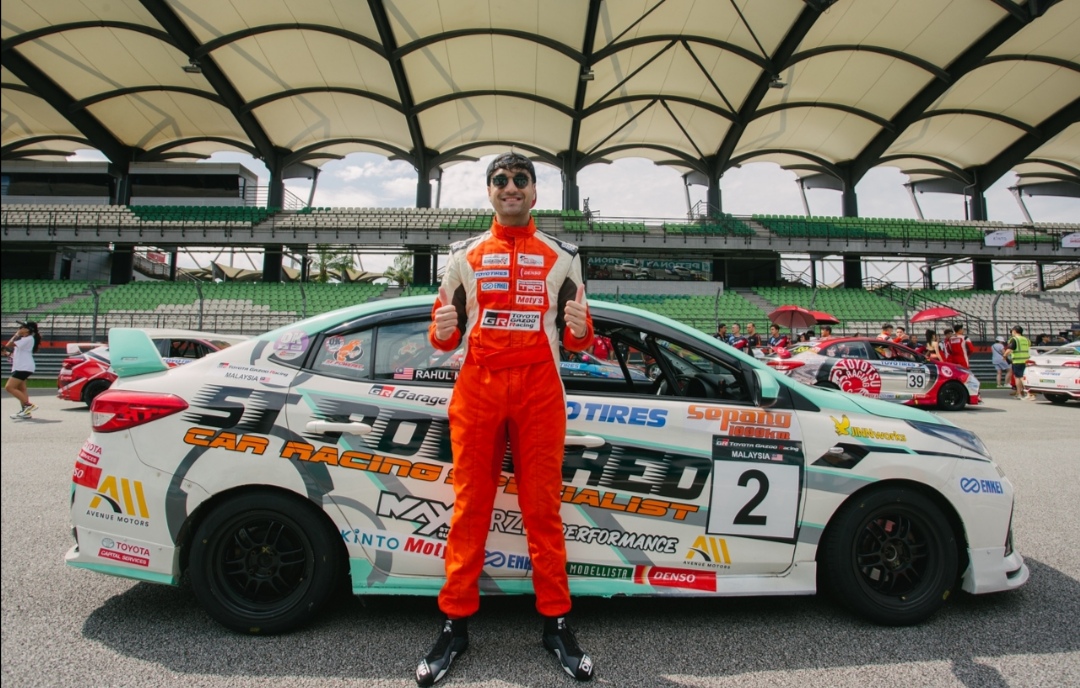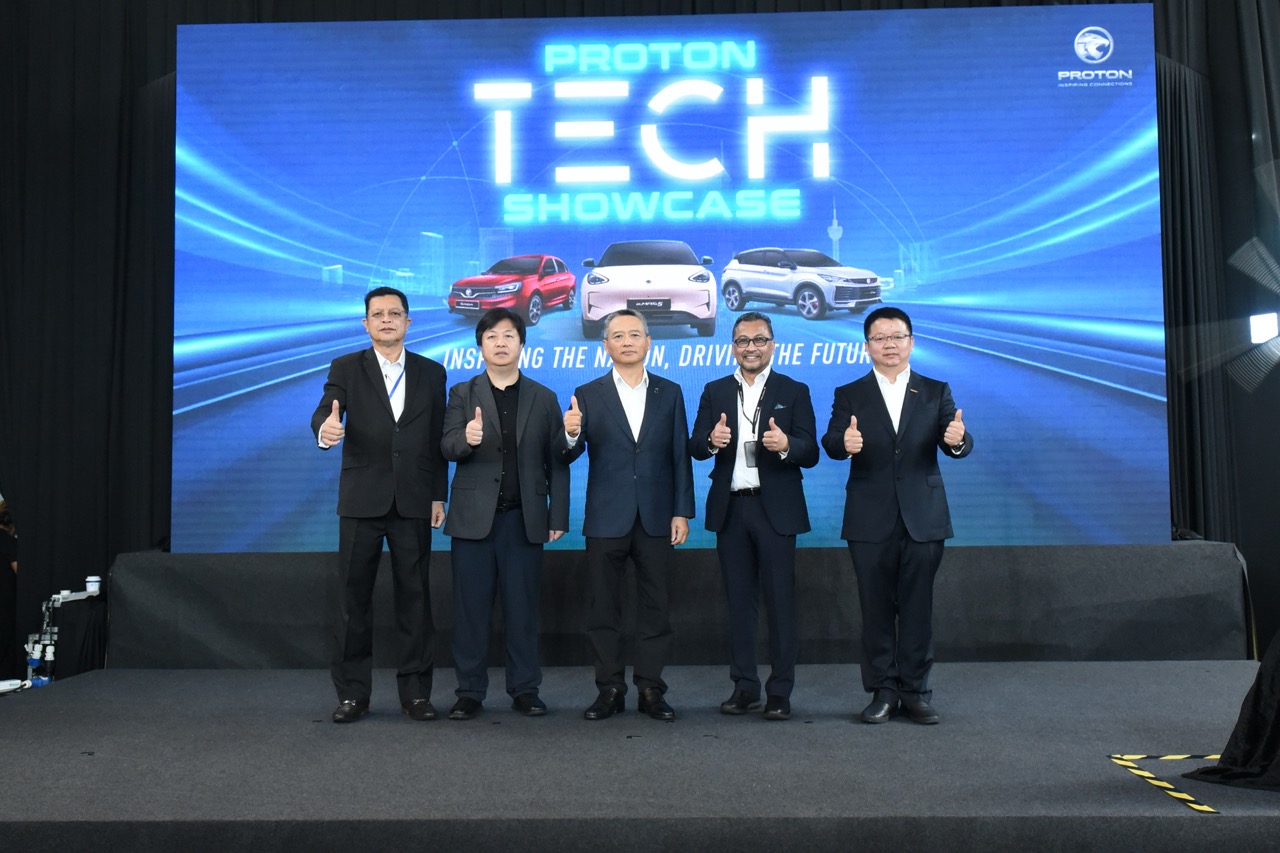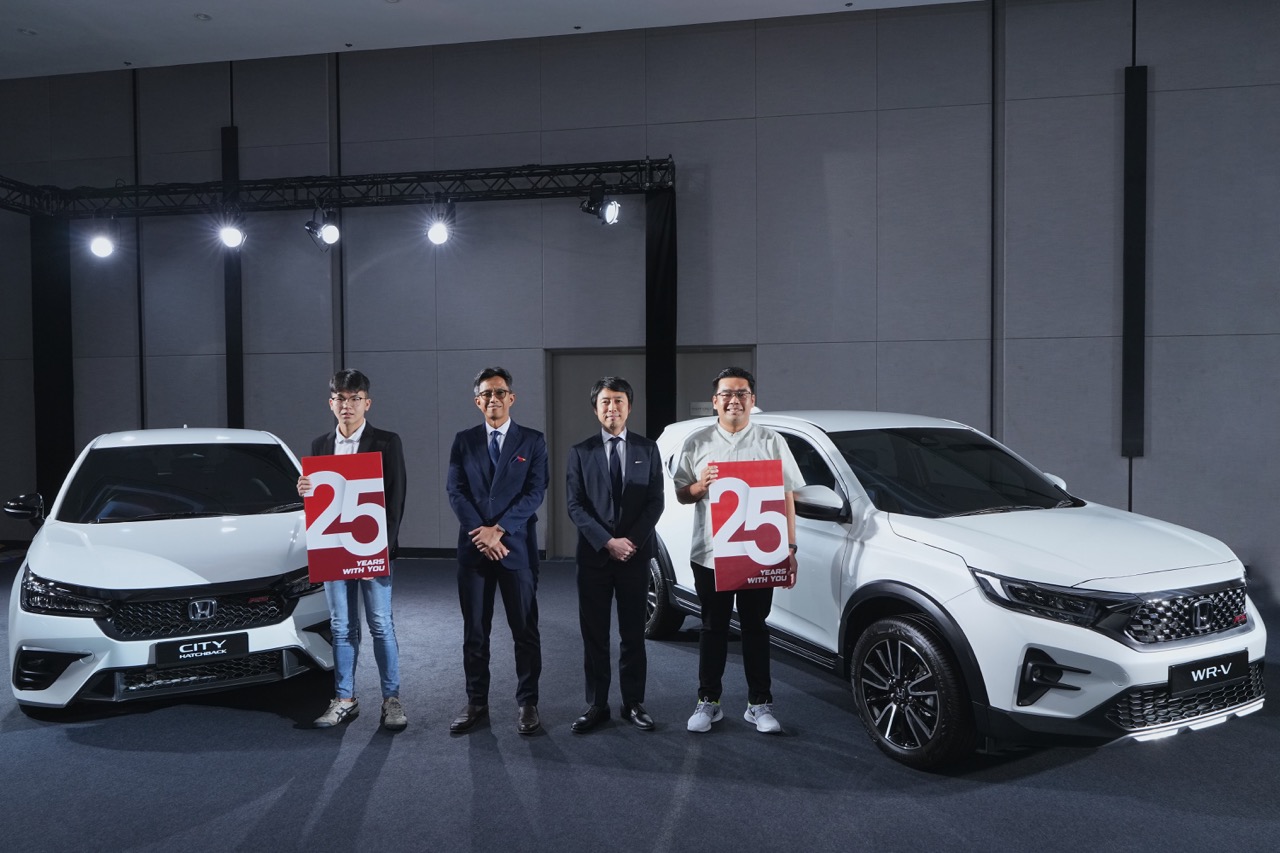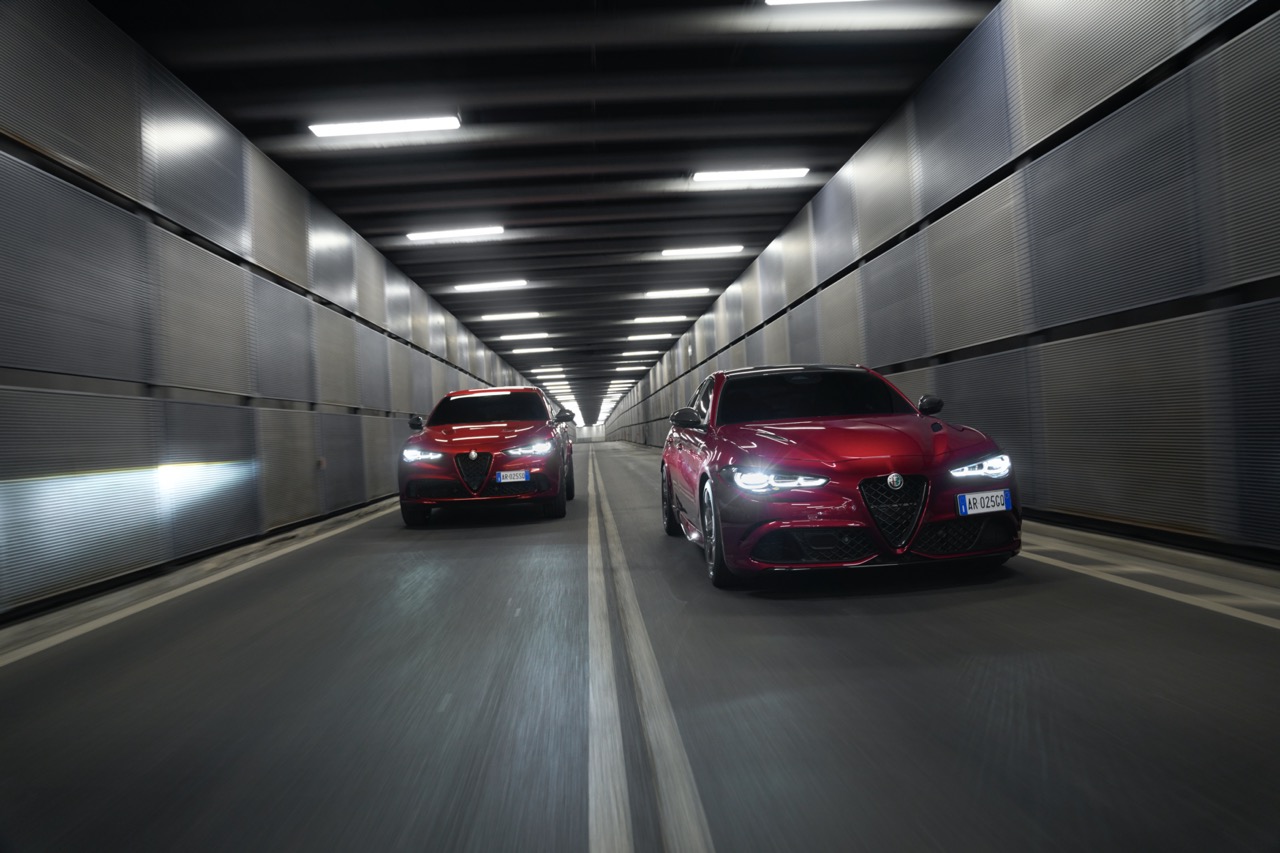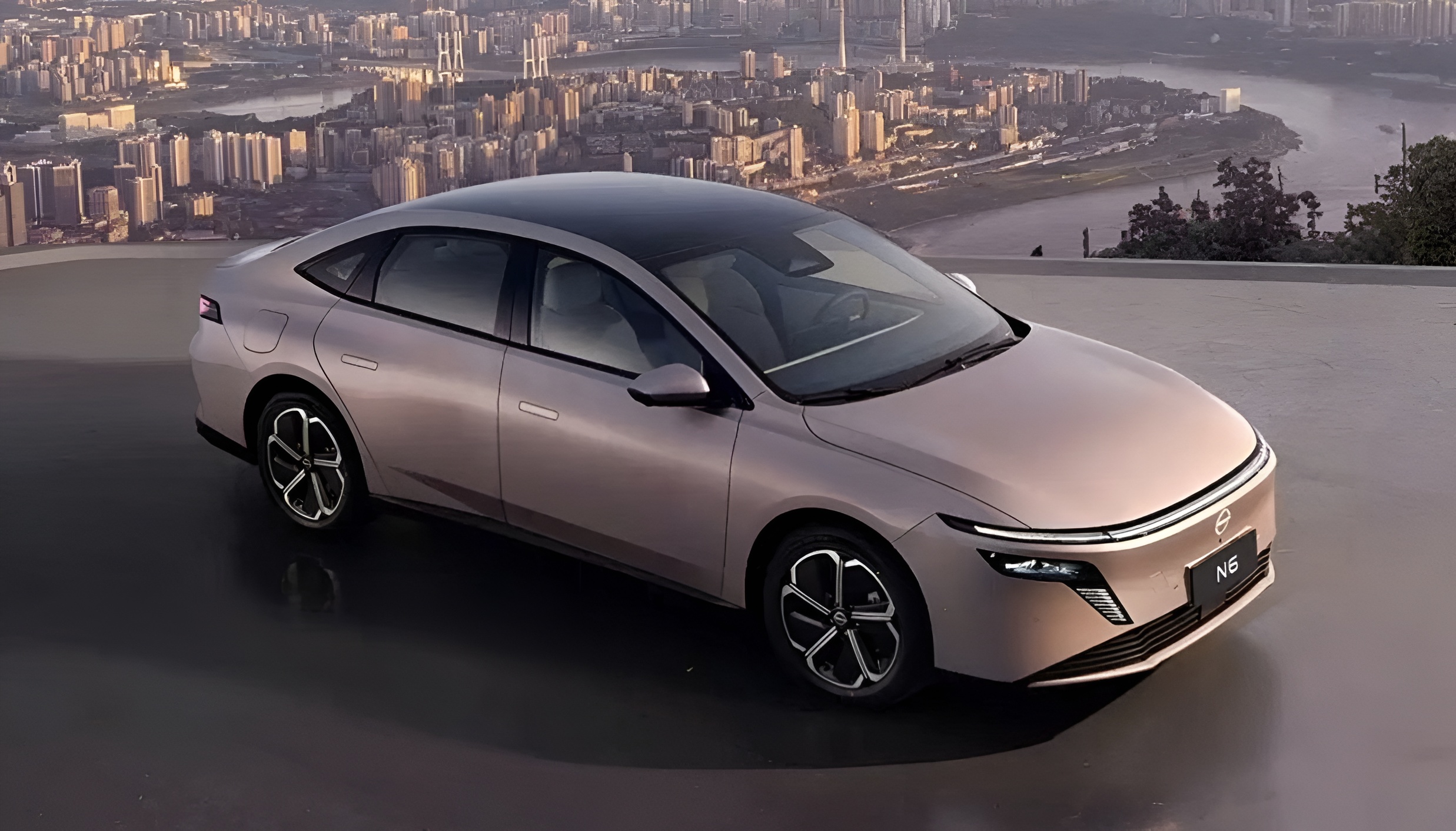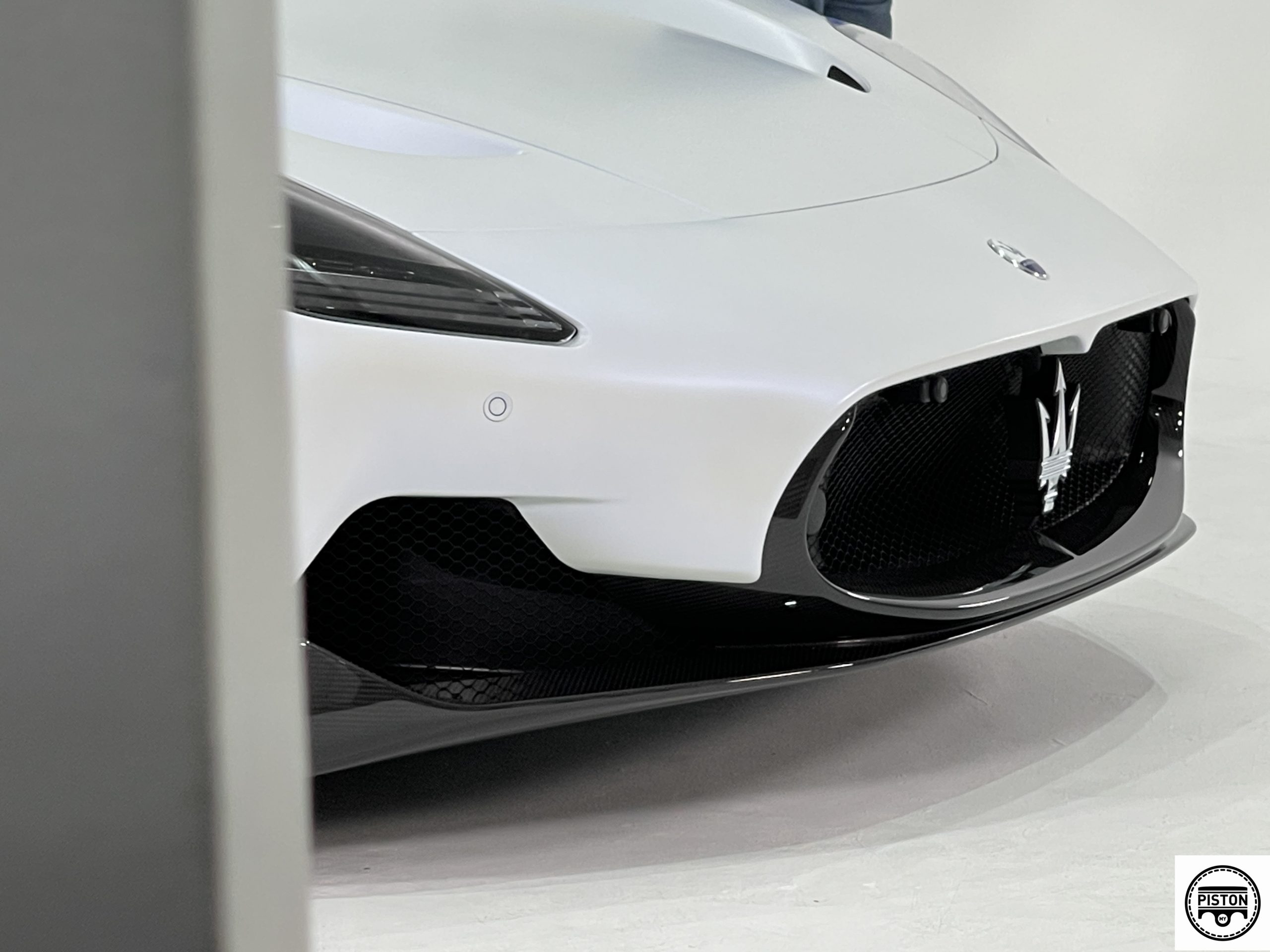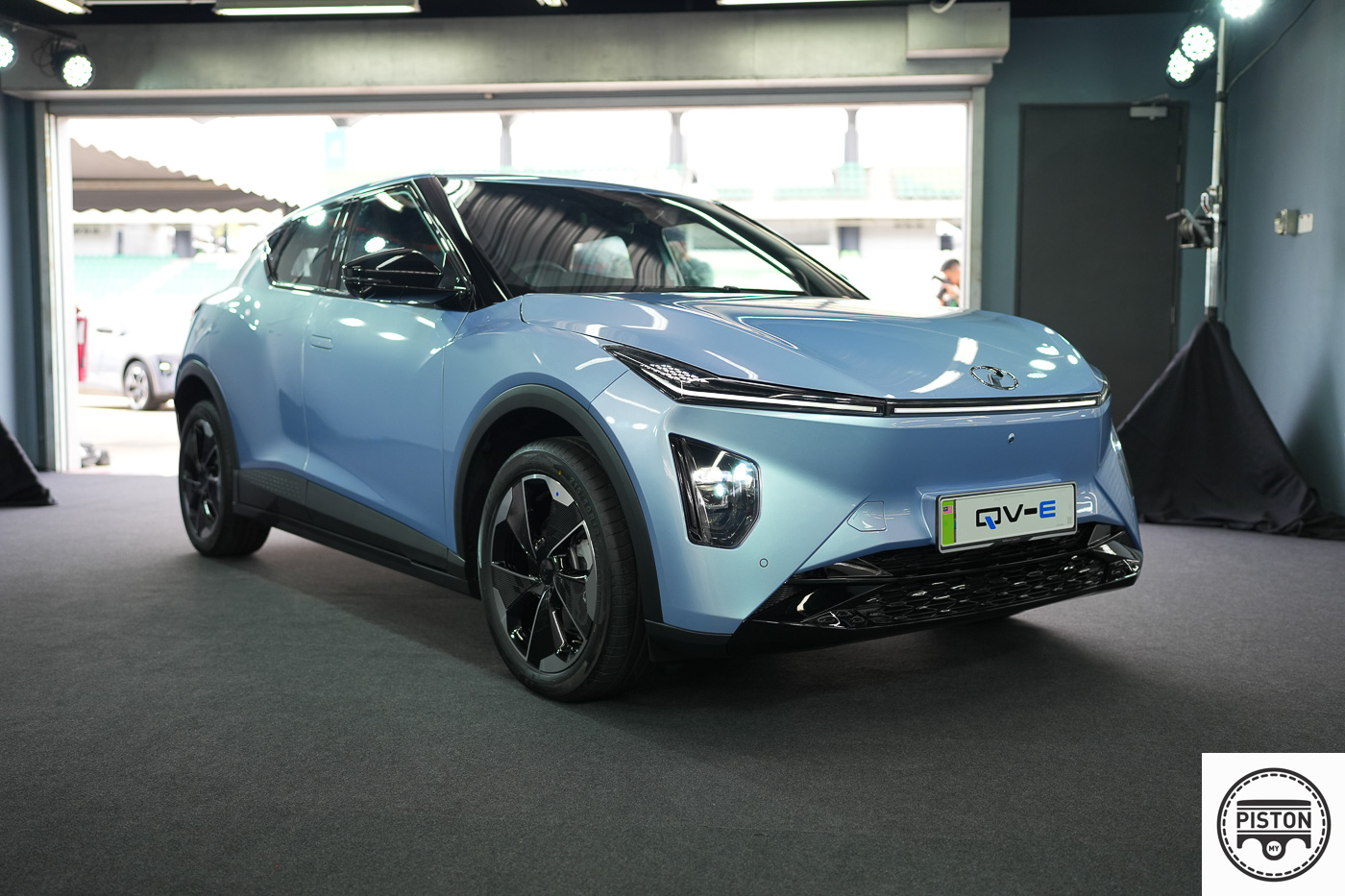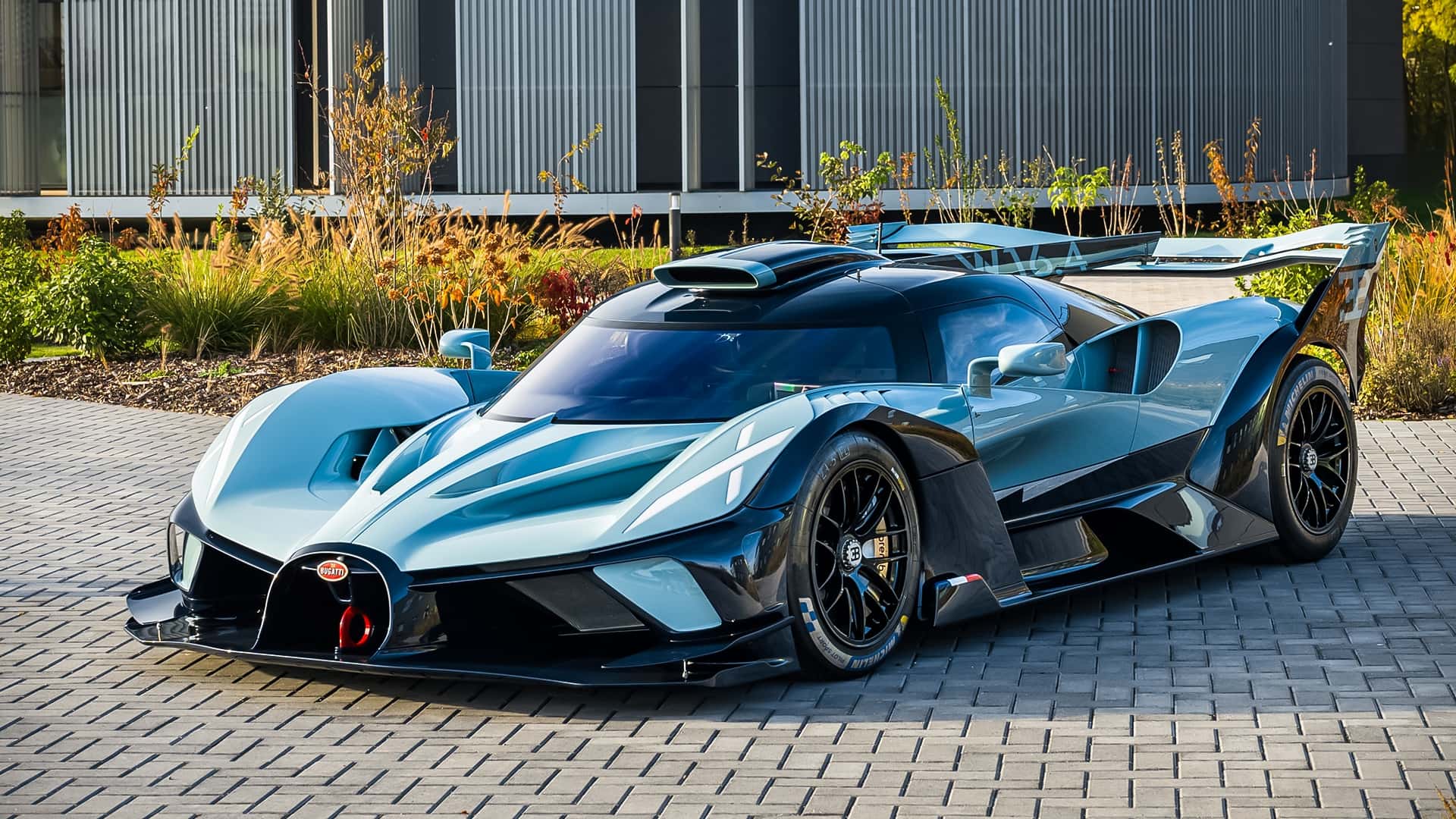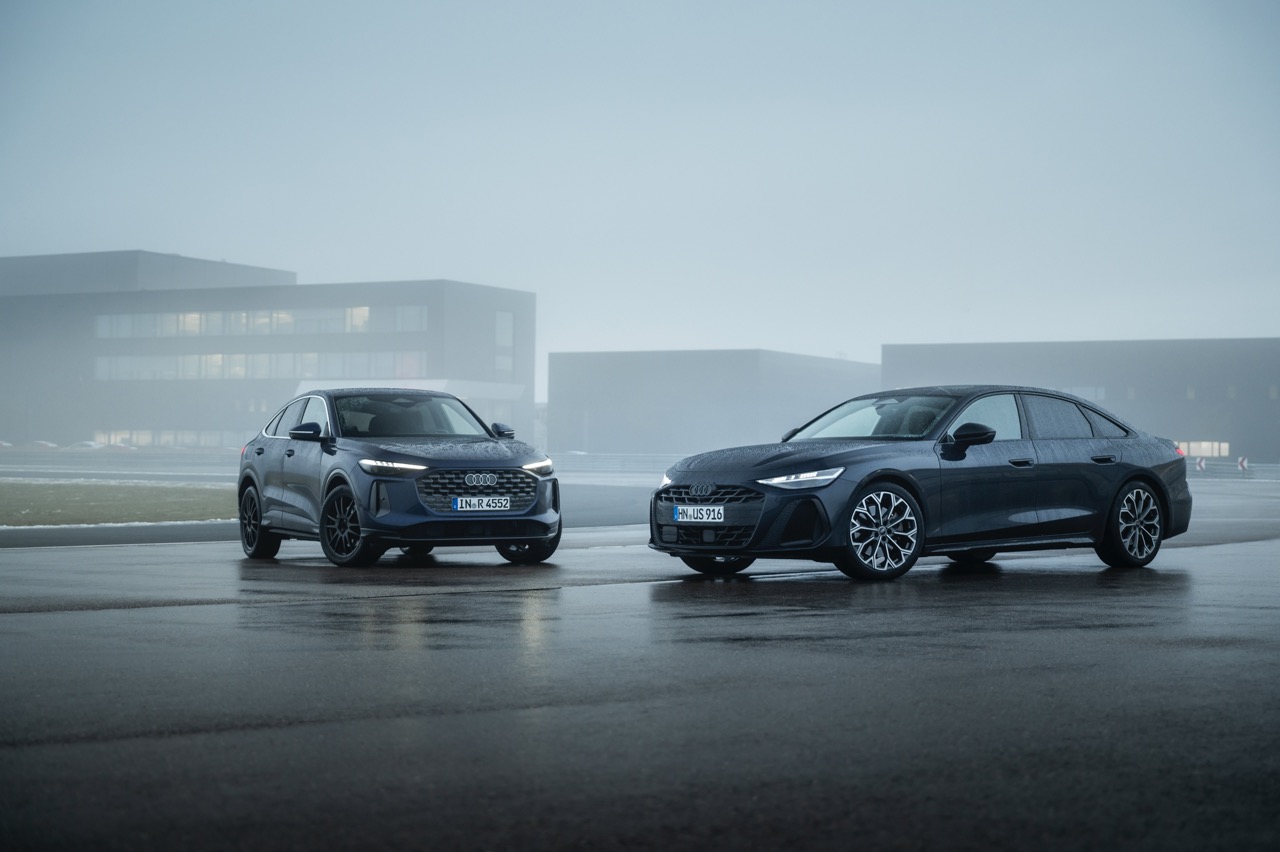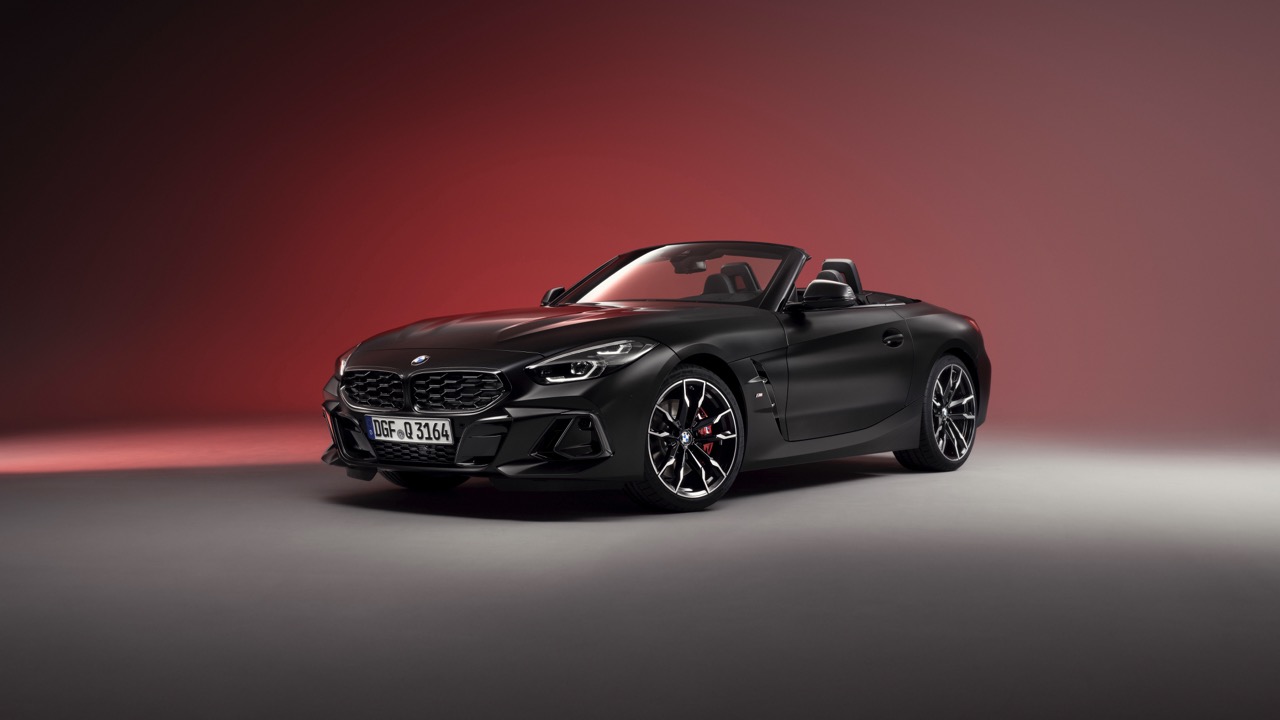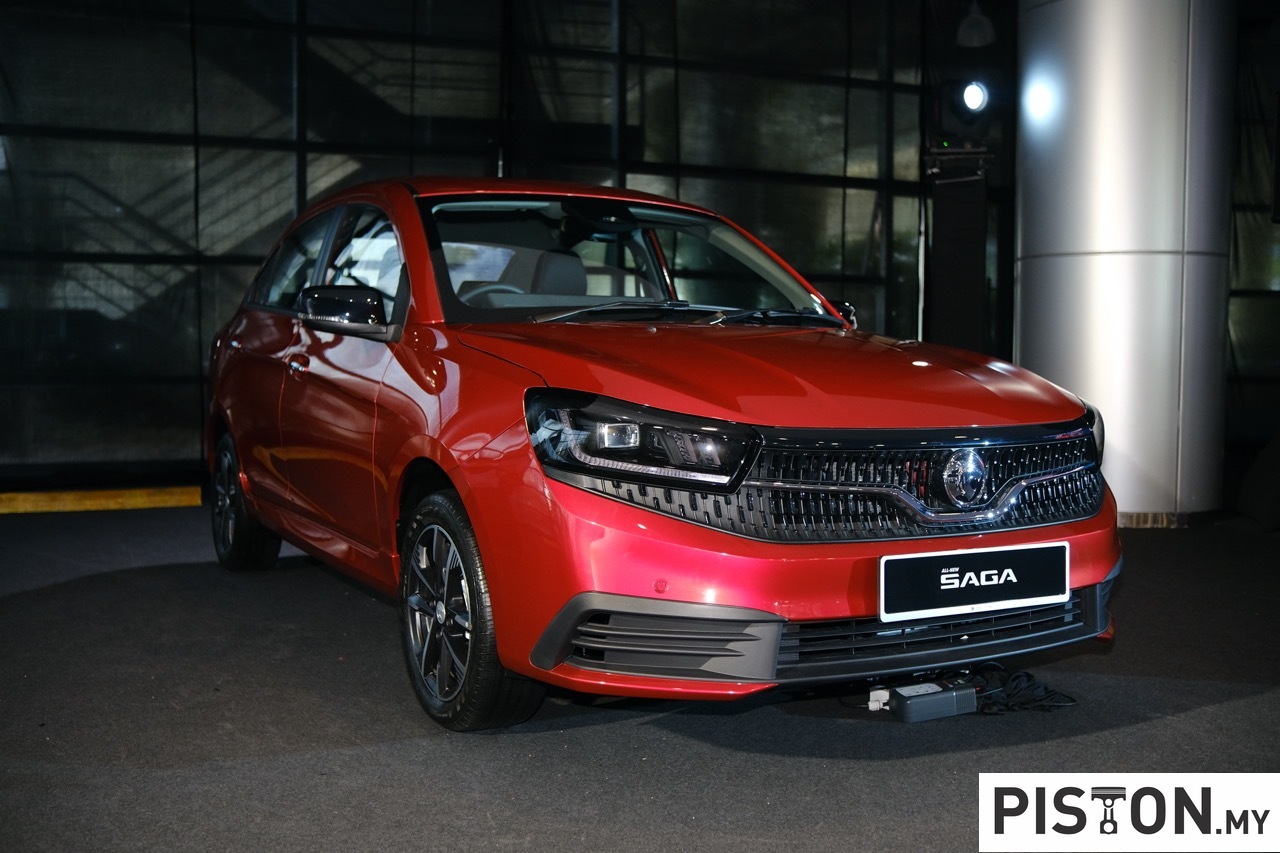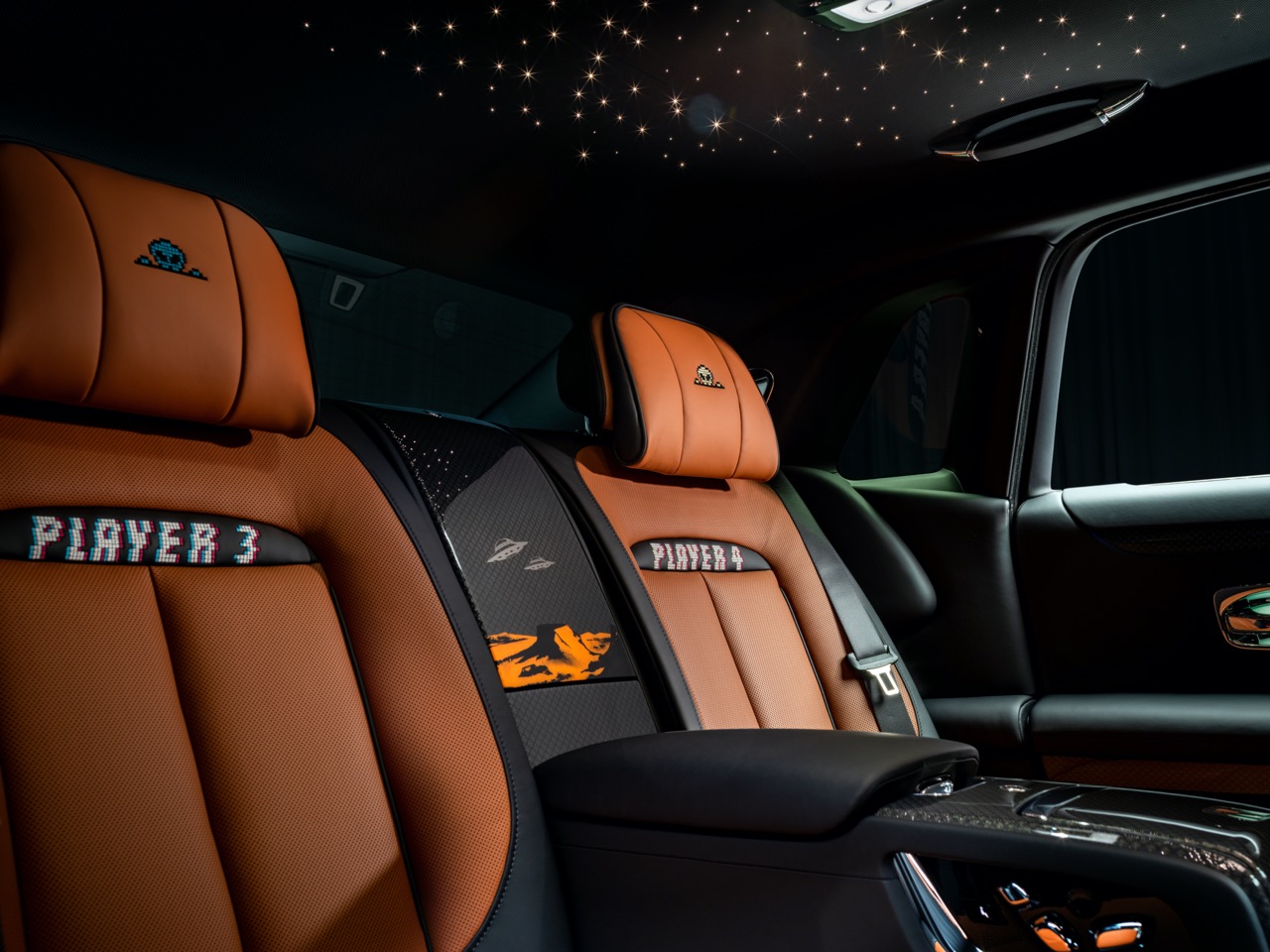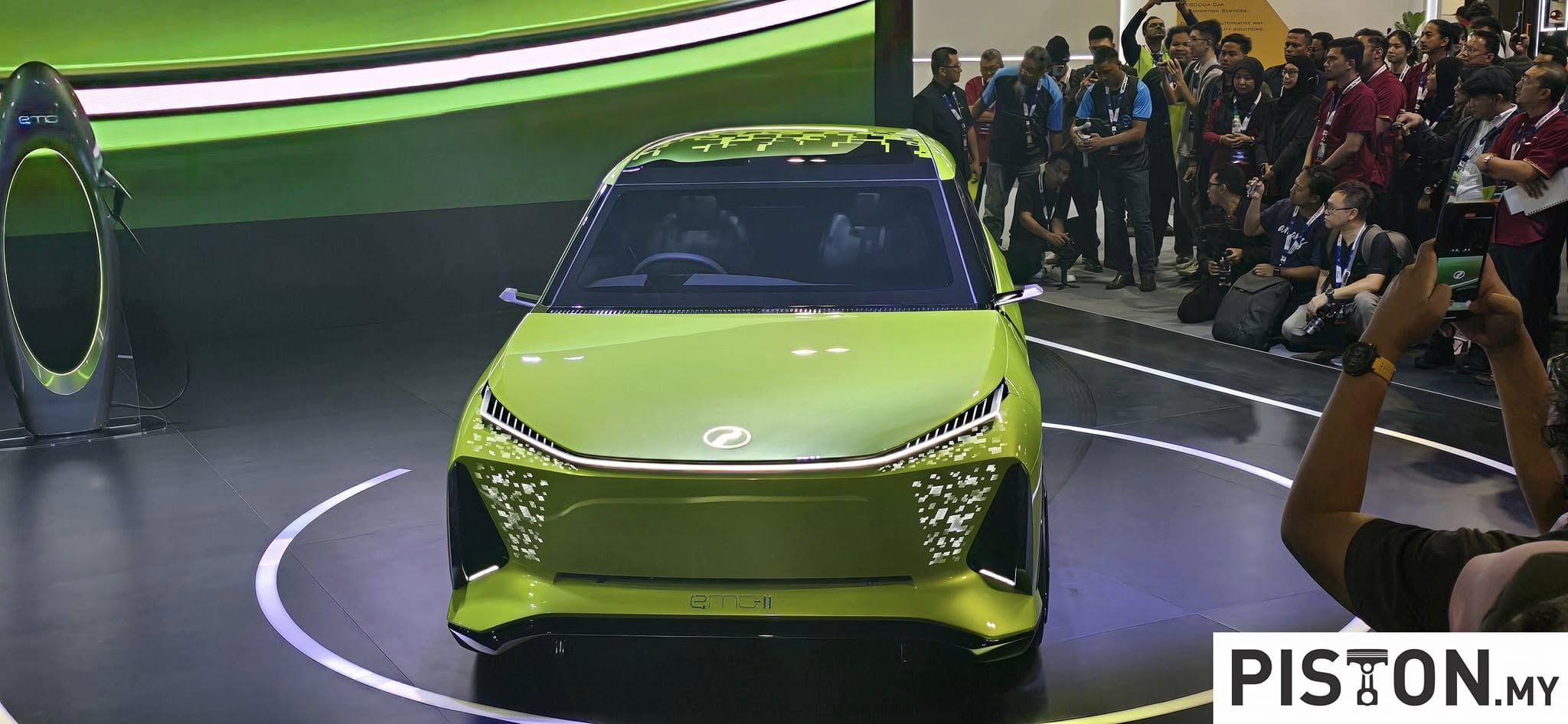Aftersales support – providing regular maintenance and availability of replacements parts – is an important part of the auto business. Authorised distributors of new vehicles are expected to provide aftersales support to customers to ensure that they have a good ownership experience.
Buying a used vehicle is a different thing and aftersales support is not mandatory. This is, of course, to be expected and for most owners, there are many independent service centres (as well as the authorised ones handling the brand of their vehicles) to go to for periodic maintenance and repairs.
(more…)


